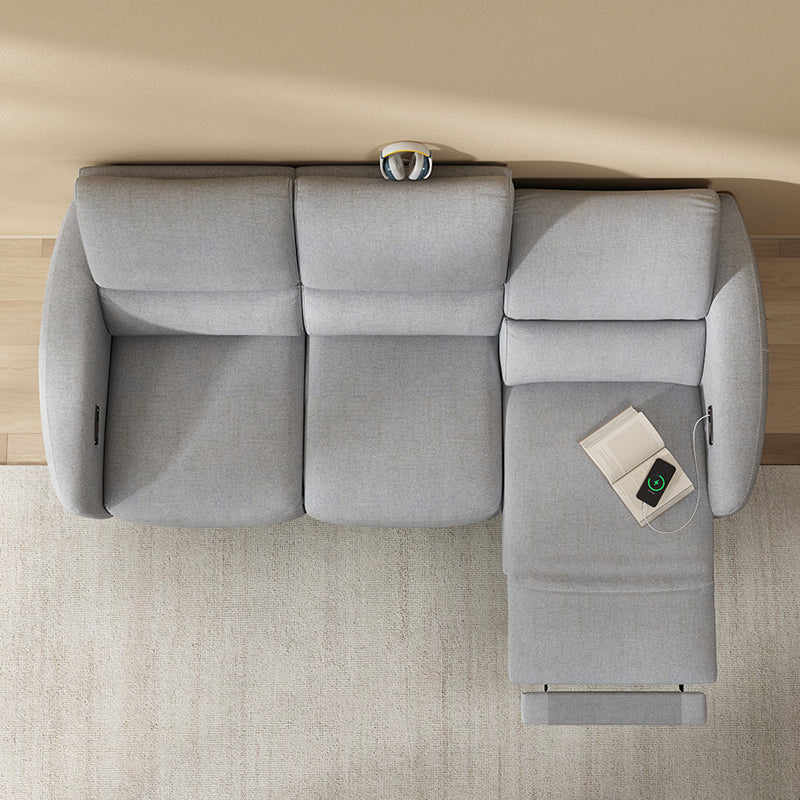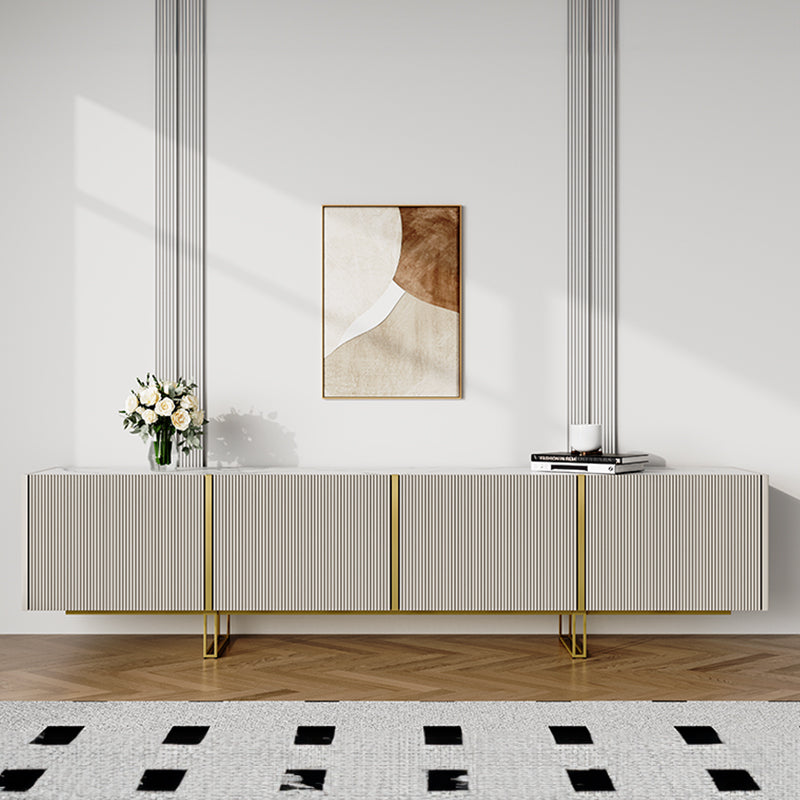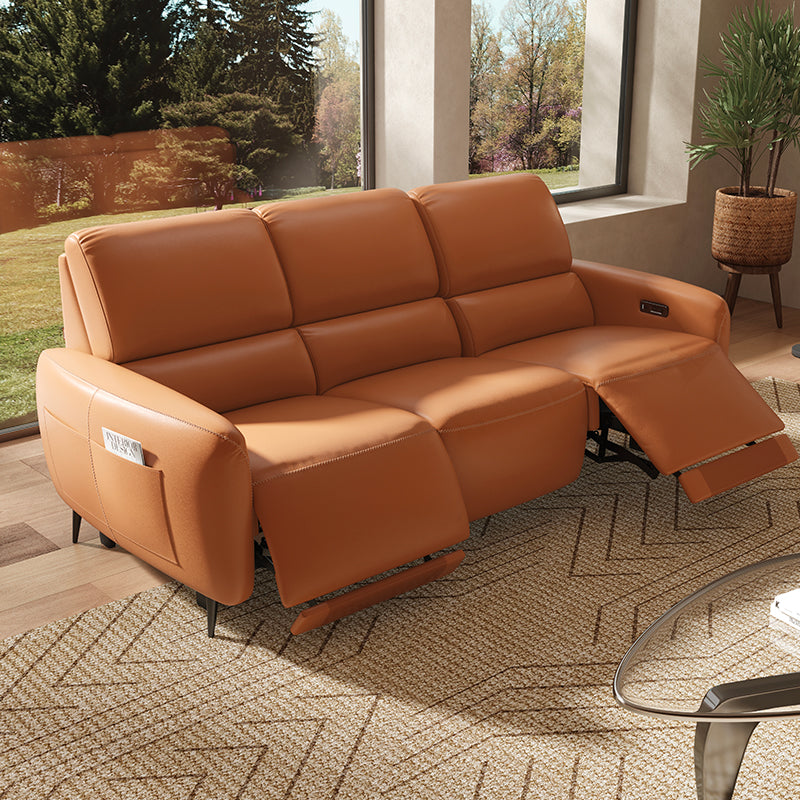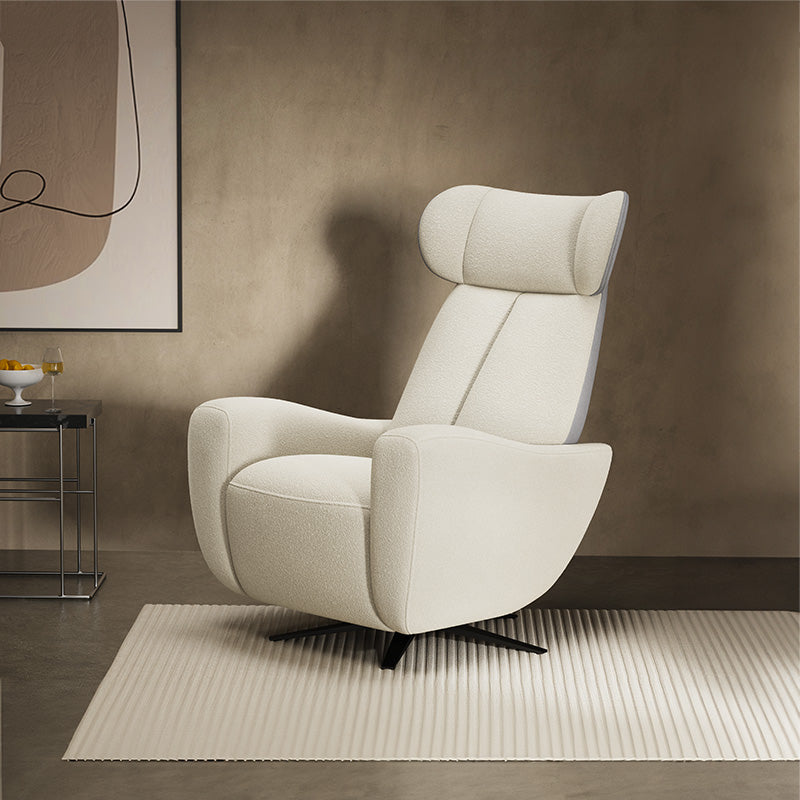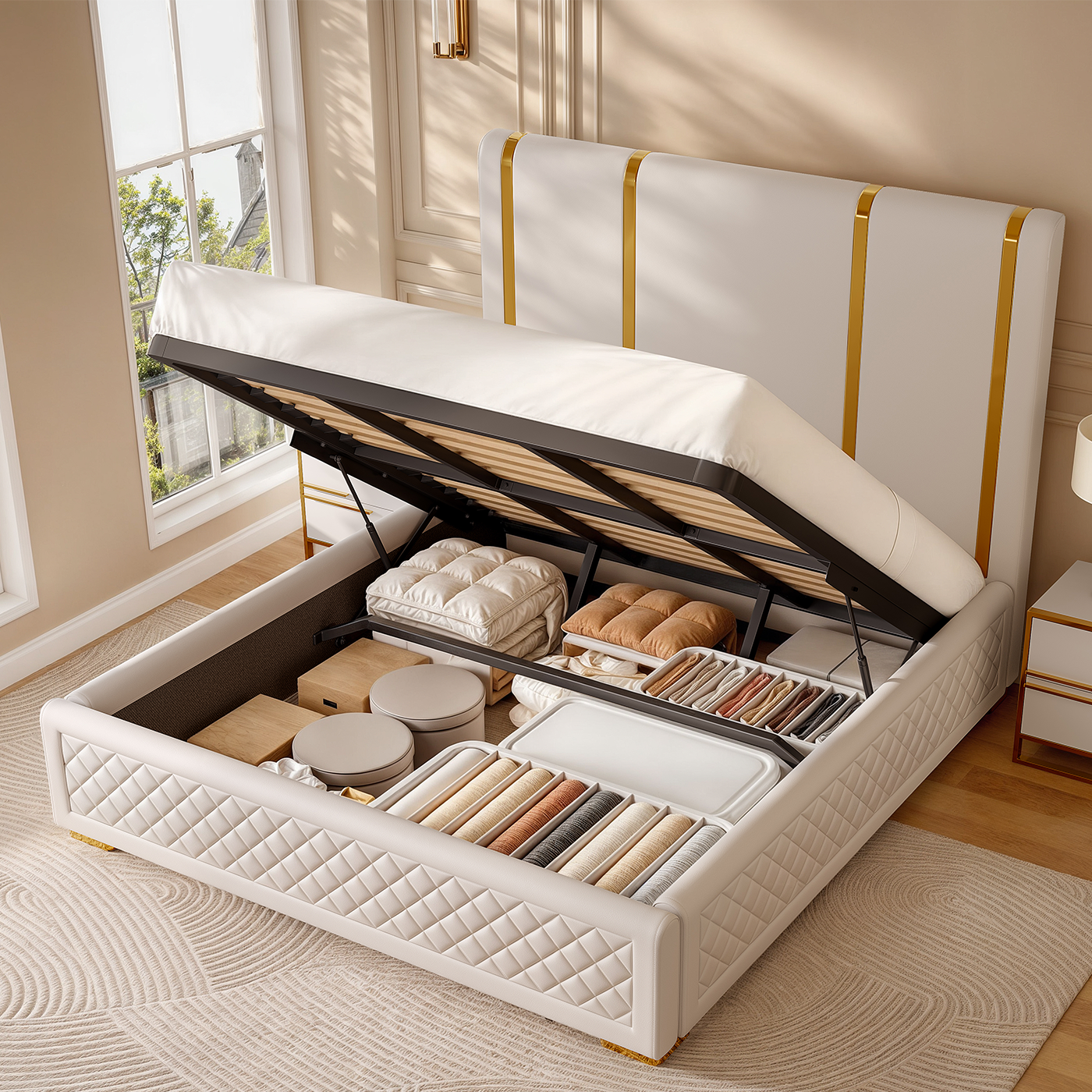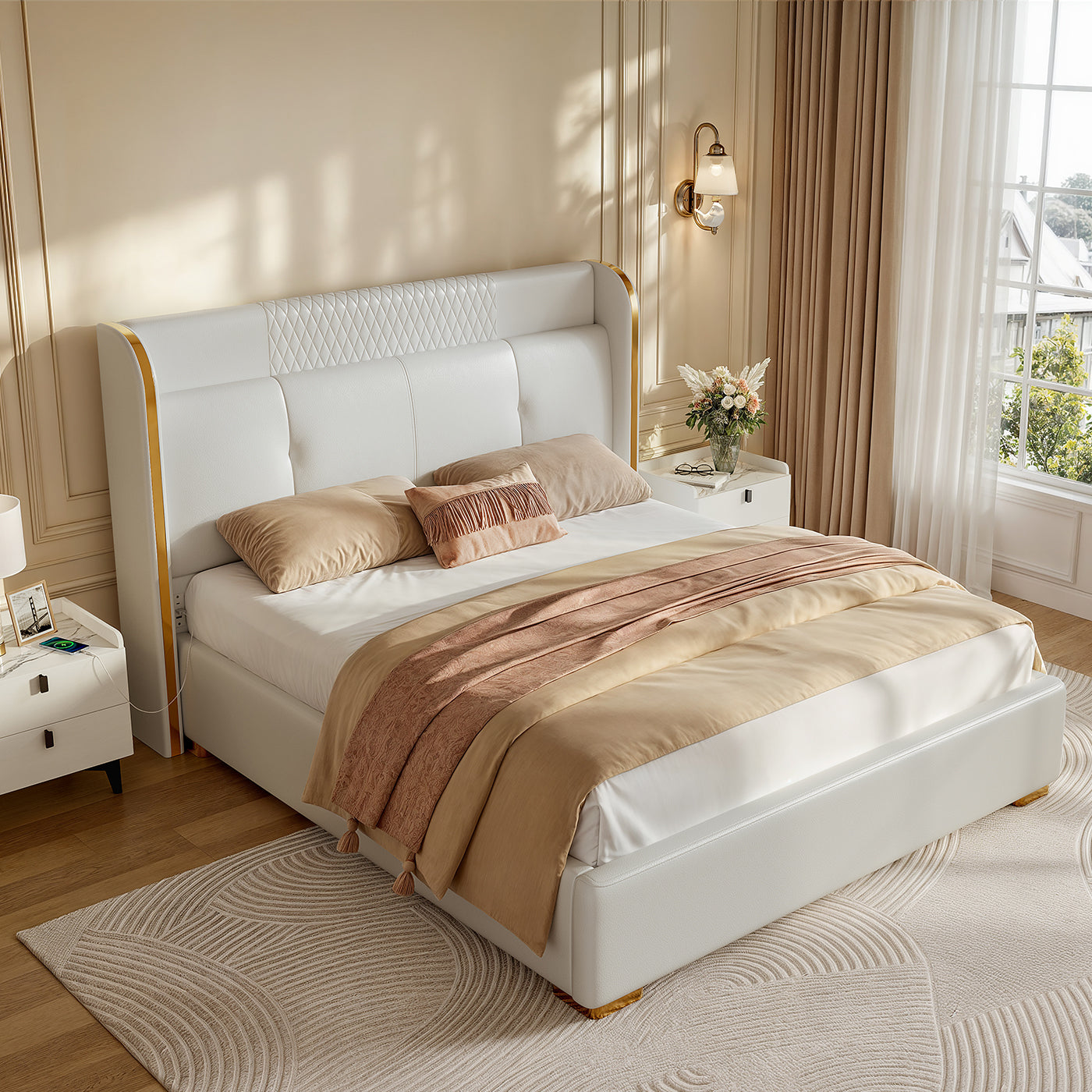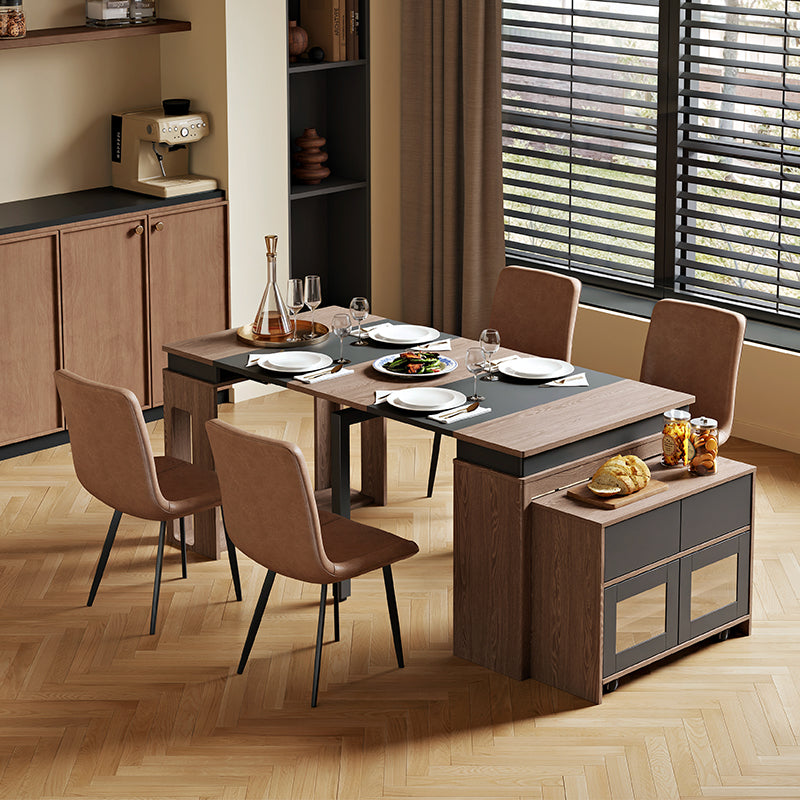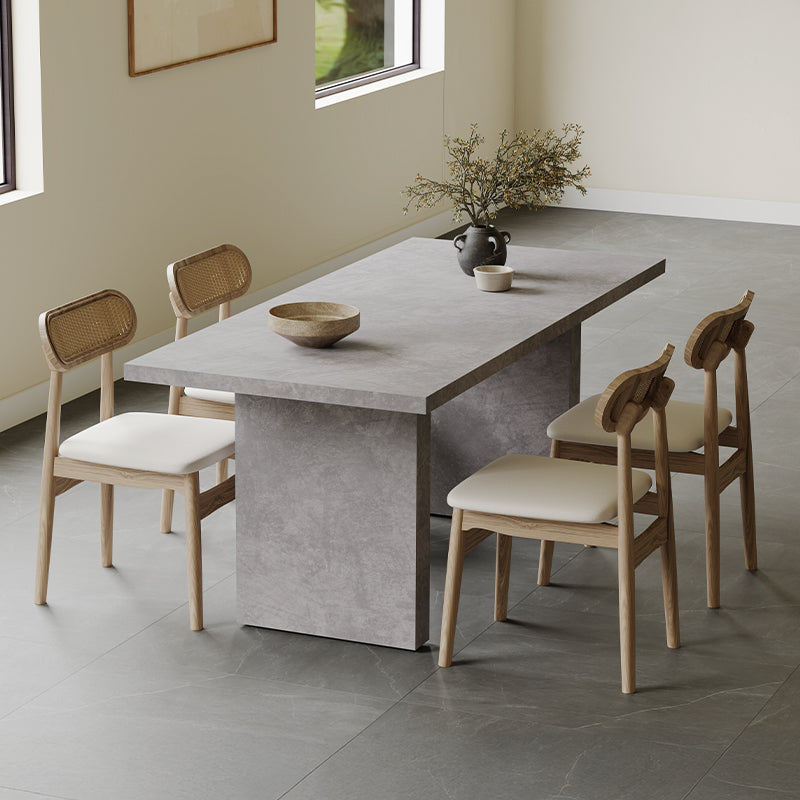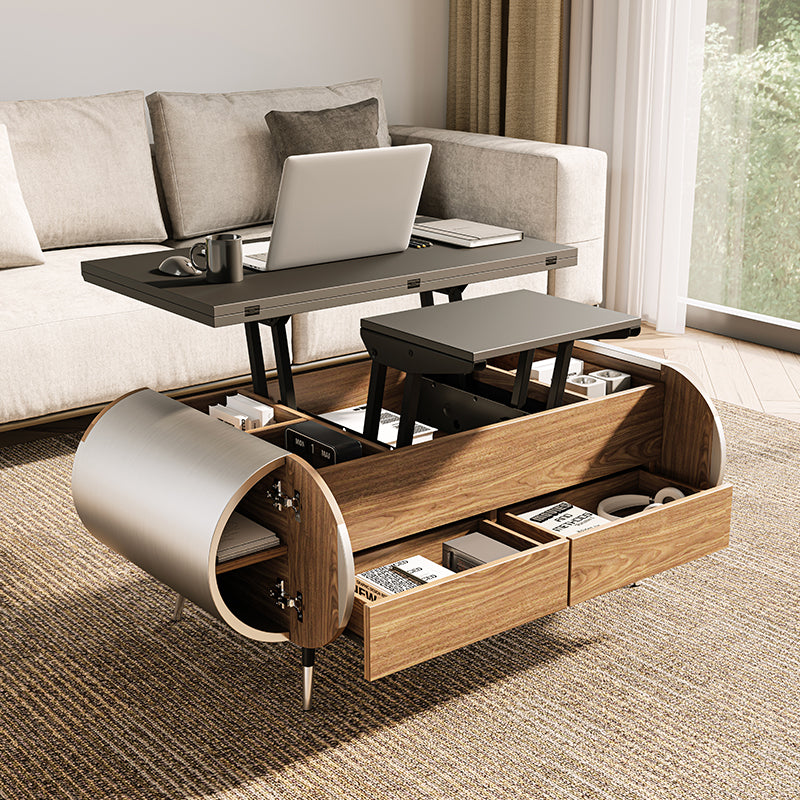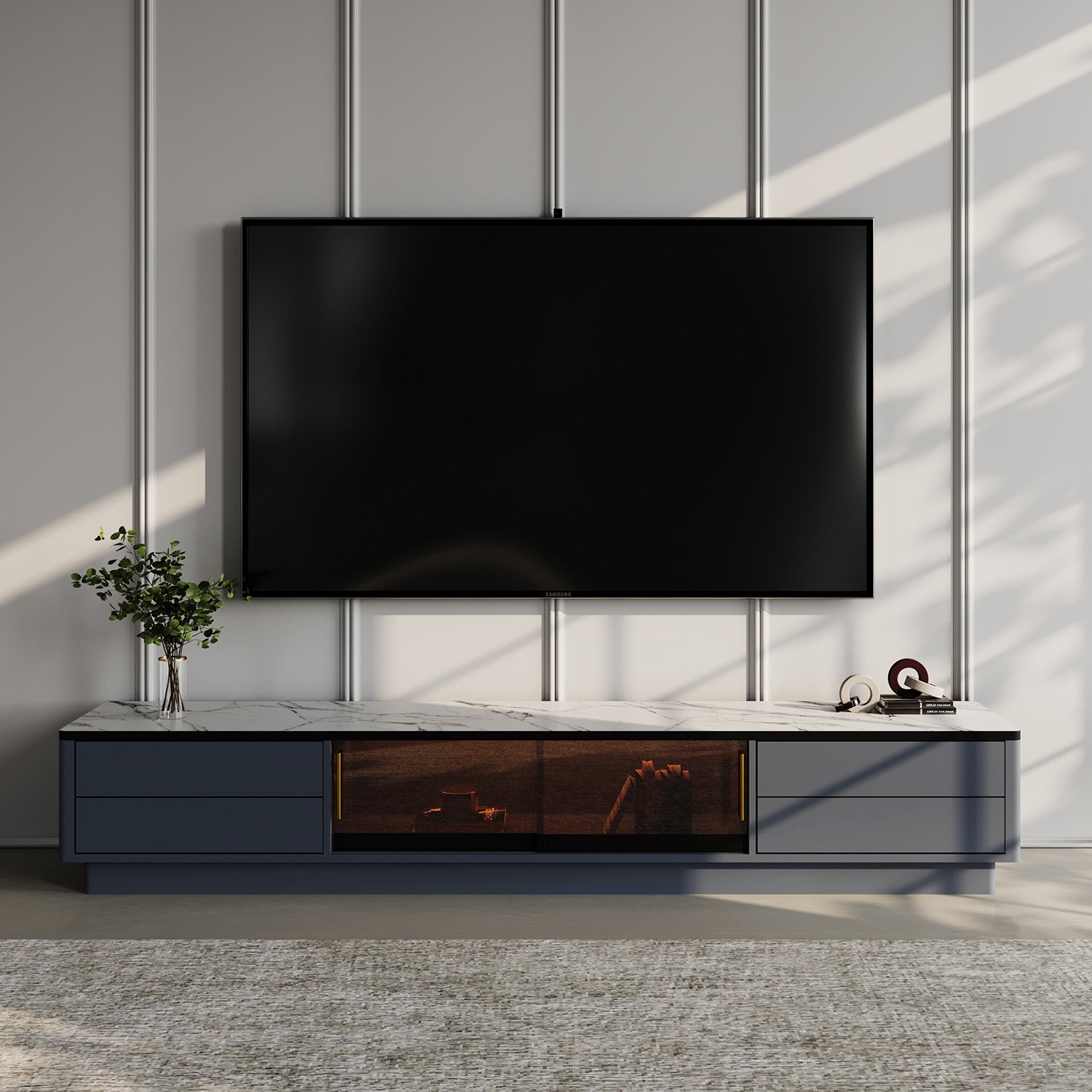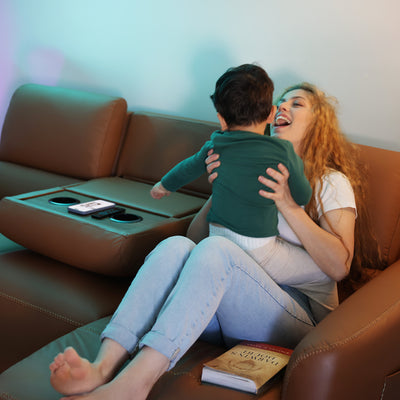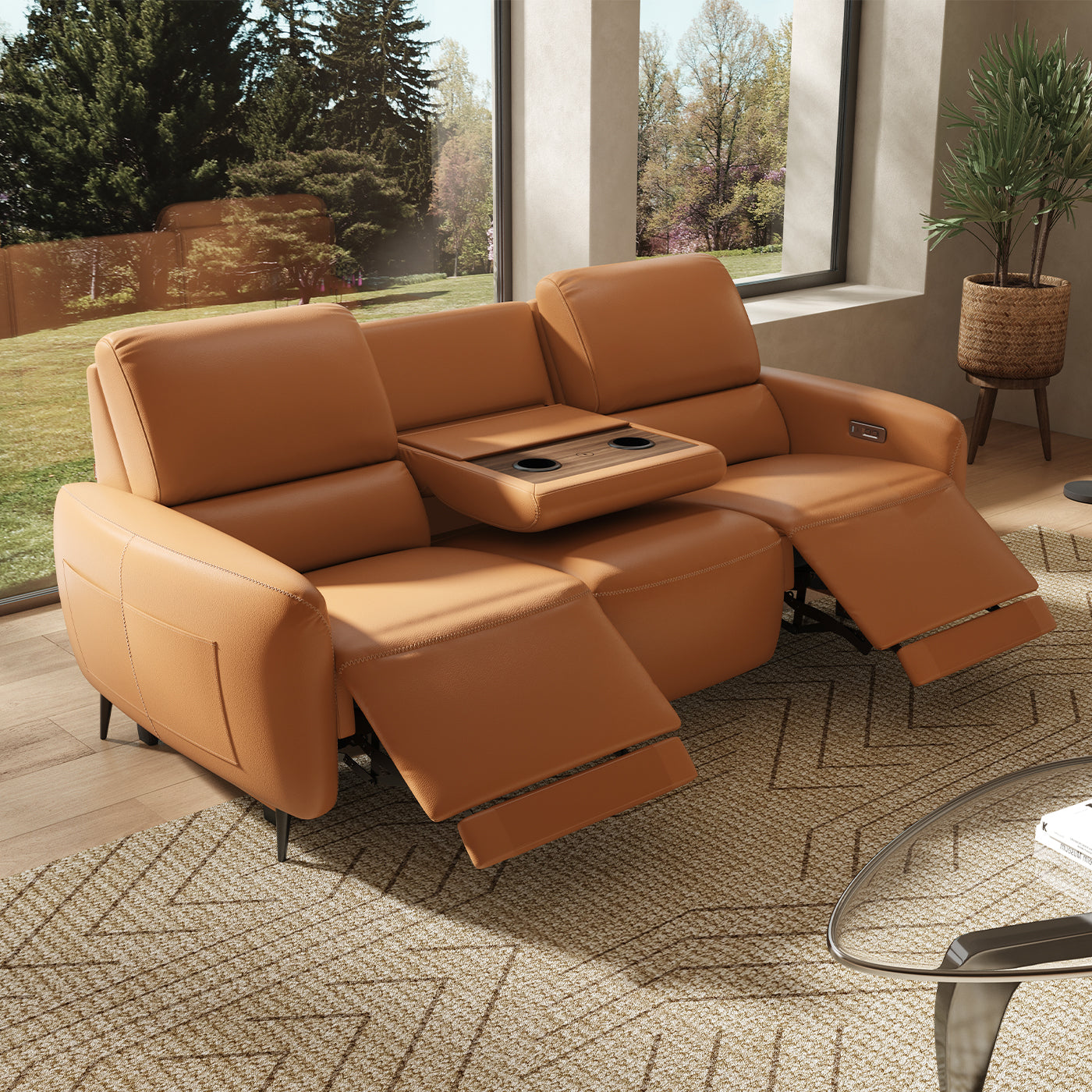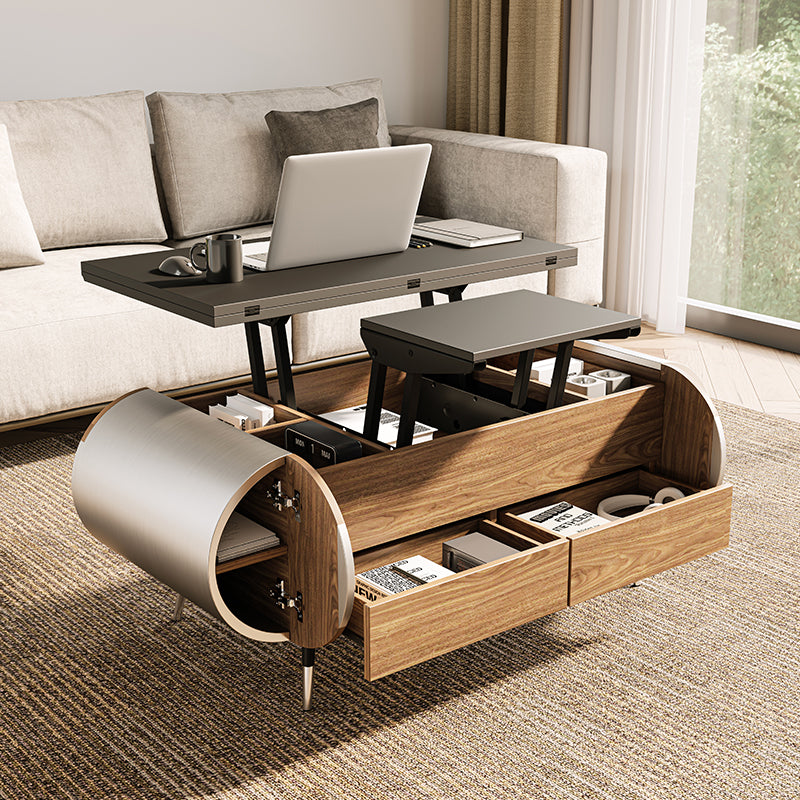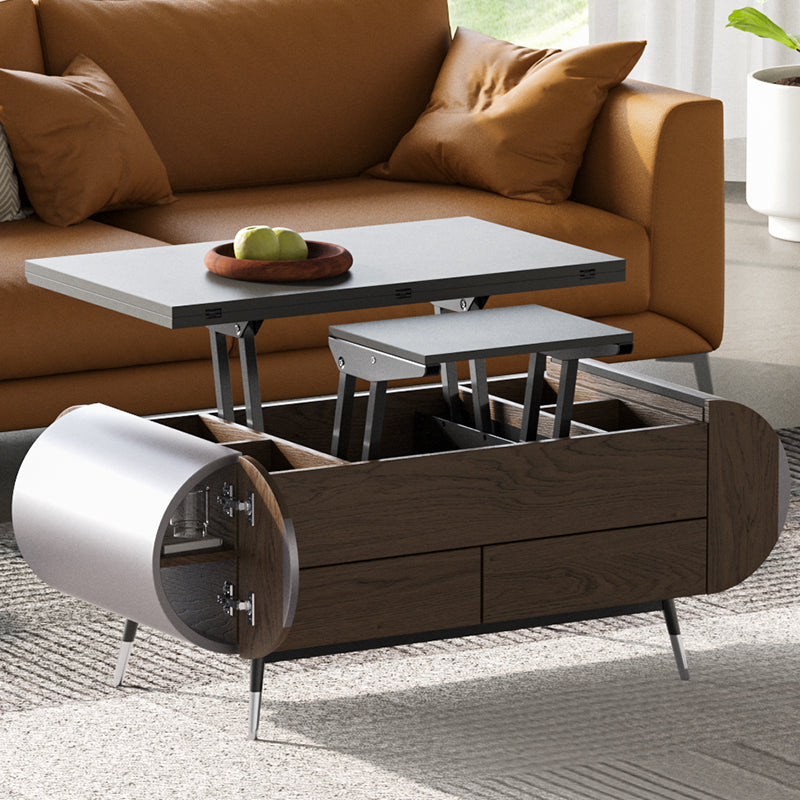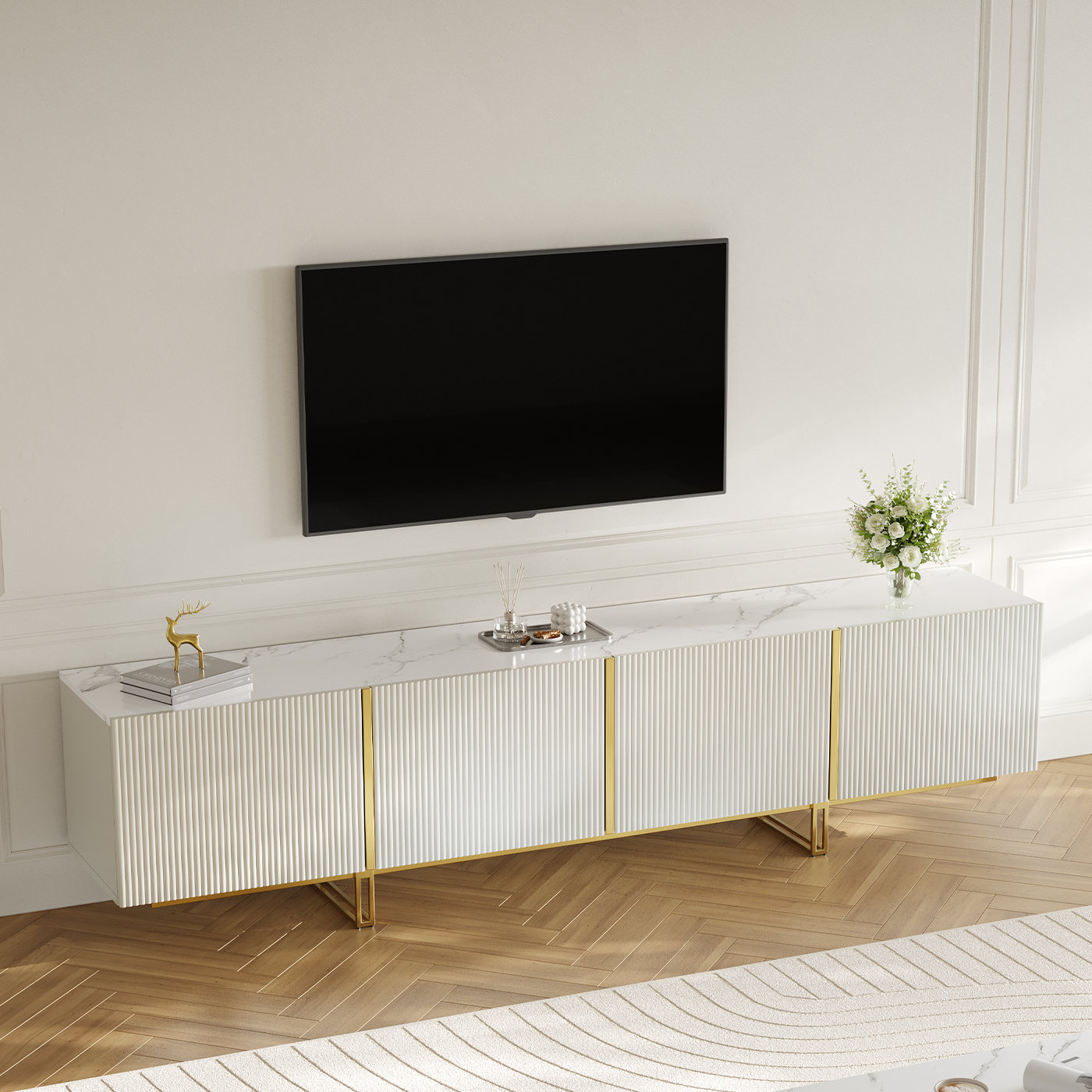Designing a home movie theater is often the grand finale of a home renovation journey. After you've taken care of the practical upgrades—like repairing windows and laying down new flooring—it’s time to shift your focus to something a little more fun: your personal entertainment oasis.
But a true home theater is more than just placing a couch in front of a screen. If you want an immersive cinematic experience, there are a few essentials to get right—from managing ambient light to ensuring your screen is big enough to impress. Here are some key tips to help you transform any space into a movie lover’s dream room.
Table of Content
Turn Your Movie Room into a True Entertainment Zone

A real home theater isn’t just a place where movies happen to play—it’s a space built just for that purpose. A dedicated movie room is meant solely for watching films, streaming shows, playing video games, or diving into your favorite content on the big screen. And with today’s endless entertainment options—Netflix, Hulu, Amazon Prime, Blu-ray, gaming consoles, and even cable TV—it’s more important than ever to carve out a space focused only on the experience.
When your theater shares space with daily life, like an open-plan kitchen or a busy Living Room Furniture Layout, the magic fades. You’ll battle background noise, drifting smells, and hard-to-control lighting. That’s why converting a spare bedroom or underused space into a full-on theater room is a smart move. Just make sure the room is long enough to accommodate your screen size, especially if you're using a projector. For instance, casting a 150-inch image might require up to 14 feet of throw distance, unless you’re working with a short-throw projector.
Eliminate Unwanted Light

In most home upgrades, the goal is more natural light. In a home theater? It’s exactly the opposite. Light leaking in through windows, doors, or even your A/V setup can ruin the cinematic experience. Even flat screens perform better in low light, and projectors are especially sensitive to it.
To combat ambient light, pick a naturally dark room—basements work great. If that’s not an option, install blackout curtains or shades to seal out sunlight. For persistent light from electronics, consider building an enclosed, ventilated A/V cabinet to minimize those distracting flashes.
Shut Out the Noise

Just like light, unwanted sound can shatter immersion. A dedicated space helps, but some extra steps will take your soundproofing to the next level. Everyday noises—from the dishwasher to traffic outside—can interfere with your audio.
To keep your sound crisp and immersive:
- Add a second layer of drywall or use sound-dampening materials like QuietRock.
- Swap out hollow-core doors for solid ones.
- Use thick, heavy curtains that help block both light and sound.
- Seal up gaps and cracks with caulk to keep stray noise out.
With the right setup, your home movie room won’t just be a space—it’ll be an escape.
Give Your Home Theater the Cinematic Look

What does your dream home theater look like? For many, it’s a nostalgic nod to the golden age of cinema—think plush red walls, soft sconce lighting, elevated rows of seats, and maybe even a popcorn machine humming in the corner.
Classic theaters often featured sloped or tiered floors to ensure everyone had a clear view, and you can bring that same design element into your home. Creating tiered seating in a home theater is easier than you might think. With a simple frame built from 2x6 or 2x8 boards set on edge, you can construct a raised platform. Top it off with ¾-inch interior plywood for stability, and finish with carpet for a polished, theater-like feel.
With the right lighting, textures, and layout, your movie room can feel less like a repurposed spare room and more like a private cinema built just for you and your favorite films.
Design a Smart and Versatile Lighting Setup

Great home theater lighting is all about control and flexibility. You want to be able to adjust the lighting easily—whether that means turning it completely off for movie time or dimming it to set the mood without distracting from the screen.
A well-thought-out lighting system often includes a mix of soffits, rope lighting, recessed fixtures, and dimmers. Soffits—shallow ceiling trays that run along the edges of the room—are a popular design choice and are perfect for housing soft rope lights that add a subtle glow around the perimeter.
To enhance the cinematic atmosphere, small recessed lights can be installed within the soffits or directly in the ceiling. These downward-facing lights mimic the look of a real theater and add just enough visibility without being harsh. For the best viewing experience, be sure to position most lighting elements behind the seating area, so they won’t wash out your screen or distract from the movie.
With the right mix of ambient and accent lighting, your movie room can shift seamlessly from a cozy lounge to a full-on screening space with the touch of a button.
Minimize Reflective Surfaces for Better Viewing
In a home theater, reflections are the enemy of immersion. Any surface—aside from the screen itself—that bounces light back toward the viewer can be a distraction and reduce image quality. To create the best visual experience, it’s important to limit or eliminate shiny, light-reflective materials within the viewer’s line of sight.
Start with your wall paint—opt for low-sheen finishes like matte or flat, which absorb light instead of reflecting it. Avoid glossy materials such as polished doorknobs, metal hinges, shiny light fixtures, or reflective trims on recessed lighting, especially in the zone between the screen and the seating area.
If you already have reflective objects in the room, don’t worry—there are simple fixes. You can spray-paint them with a matte black or dark-toned finish to tone down the shine. For items like light switch covers or outlet plates, a quick sanding with fine-grit sandpaper can dull the gloss. Clean the surface thoroughly, then apply a couple of light coats of matte spray paint if needed.
In some cases, just sanding without painting is enough to reduce glare. These small adjustments go a long way in helping your home theater feel darker, more focused, and truly cinematic.
Set Up Optimal Viewing and Seating

To create a truly enjoyable home theater experience, every seat in the room should have a clear view of the screen—without being uncomfortably close or too far away. One of the best ways to improve sightlines, especially in larger spaces, is by incorporating tiered seating. Elevating the back row—even by just 6 inches—can make a noticeable difference, helping everyone see the screen without obstruction.
Consider seating like the grey recliner sofa with power reclining features, which offers both style and comfort, ideal for home theater seating. Its top-grain leather and polyester construction ensure durability, and the power recline feature allows for customizable positions. The drop-down tray adds a practical touch for snacks or devices, keeping your movie experience seamless and relaxing. Whether you have a compact setup or a more spacious room, this sofa fits perfectly, enhancing both comfort and sightlines in your theater.
How far you place the seats from the screen depends on the size of both the room and the display. In a compact setup, like a converted bedroom, a 55-inch TV might be the maximum size you can go before the front row starts to feel too close for comfort.
Keep the Design Clean and Focused
When setting up your home theater, it’s best to resist the urge to decorate the front of the room with collectibles or eye-catching items. While your vintage movie posters or film memorabilia might be prized possessions, placing them near the screen can pull attention away from what really matters—the movie.
To maintain a truly immersive viewing experience, keep the area around the screen clean, minimal, and distraction-free. If you want to showcase your collection, a better option is to display posters or themed décor toward the back of the room, where they can be appreciated without interfering with the viewing experience. A simple, clutter-free setup helps keep the focus where it belongs—on the screen.
Wrap Up: Bring the Big Screen Experience Home
Creating the perfect home movie theater isn’t just about installing a screen and pressing play—it’s about crafting an immersive space where every element, from lighting and sound to seating and style, works together to deliver that cinematic magic. Whether you're converting a spare room or building out a dedicated space, thoughtful planning and smart design choices can transform your setup into a true entertainment haven.
By focusing on comfort, eliminating distractions, and embracing theater-inspired touches, you’ll create more than just a place to watch movies—you’ll build a destination for movie nights, game days, and endless binge-watching sessions. So dim the lights, grab the popcorn, and settle in—your perfect home theater is ready for showtime. Whether you’re hosting a viewing of A Midsummer Night's Dream Movie or just enjoying a cozy evening with friends, your space will be ready for it all.

